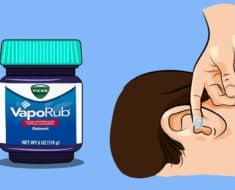Strep throat is a problematic and recurring infectious disease that often hits children between the ages 5 and 15. In the United States, young people typically get sick once every 4 years, making the often-painful upper respiratory tract affliction one of the most common illnesses affecting school-aged kids.
Strep Throat gets its name from the agent that causes it: The Streptococcus bacterium. Medically, the disease is called Streptococcal Pharyngitis, mainly because it attacks the upper part of the respiratory tract, particularly the throat. It is very infectious and can jump from person to person when a victim unwittingly comes into contact with fluids coming from a sick individual’s mouth. Inhaling airborne droplets ejected when a sick person sneezes or coughs is the most common way to get the disease, but sharing eating utensils and cups can also be a way of becoming infected.
The disease is most-prevalent during the cold season. Late autumn, winter and early spring brings children into close contact with each other since they are often kept indoors. This makes transmission easier and is the reason why the disease is common in places where children huddle in large numbers, such as schools and daycare centers.
Strep Throat presents with a slew of symptoms that appear almost out of thin air. These can be quite uncomfortable, especially for younger children. While a sick child is a source of concern for parents, they can take some comfort in the fact that the disease and symptoms are both treatable and preventable.
The following are the ways of preventing and treating Strep Throat infection.
Avoid Close Contact

Source: https://upload.wikimedia.org









































